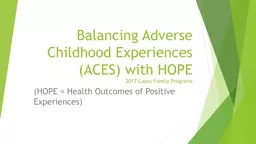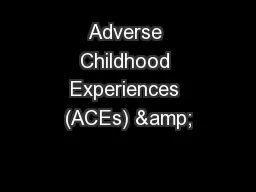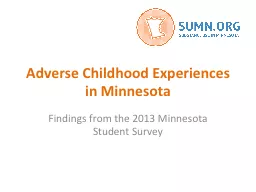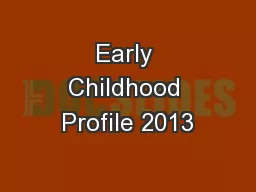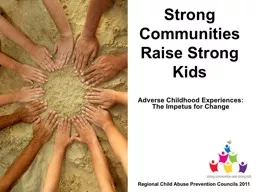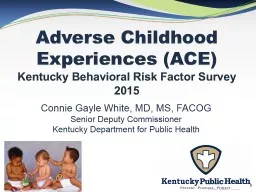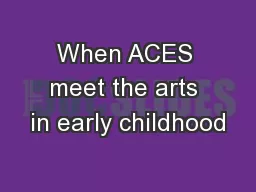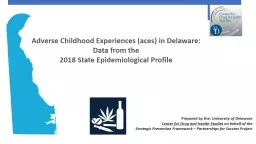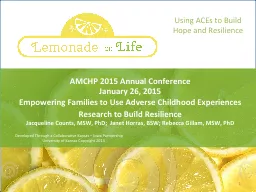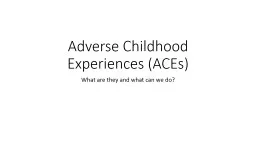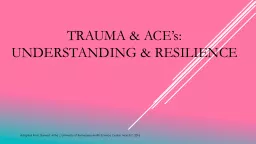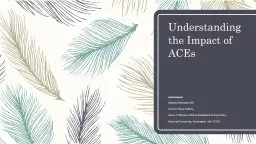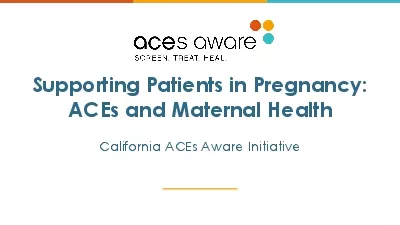PPT-Balancing Adverse Childhood Experiences (ACES) with HOPE
Author : iainnoli | Published Date : 2020-06-17
2017 Casey Family Programs HOPE Health Outcomes of Positive Experiences Discussion Points The effects of Positive Experiences on Child Development and Adult Health
Presentation Embed Code
Download Presentation
Download Presentation The PPT/PDF document "Balancing Adverse Childhood Experiences ..." is the property of its rightful owner. Permission is granted to download and print the materials on this website for personal, non-commercial use only, and to display it on your personal computer provided you do not modify the materials and that you retain all copyright notices contained in the materials. By downloading content from our website, you accept the terms of this agreement.
Balancing Adverse Childhood Experiences (ACES) with HOPE: Transcript
Download Rules Of Document
"Balancing Adverse Childhood Experiences (ACES) with HOPE"The content belongs to its owner. You may download and print it for personal use, without modification, and keep all copyright notices. By downloading, you agree to these terms.
Related Documents

